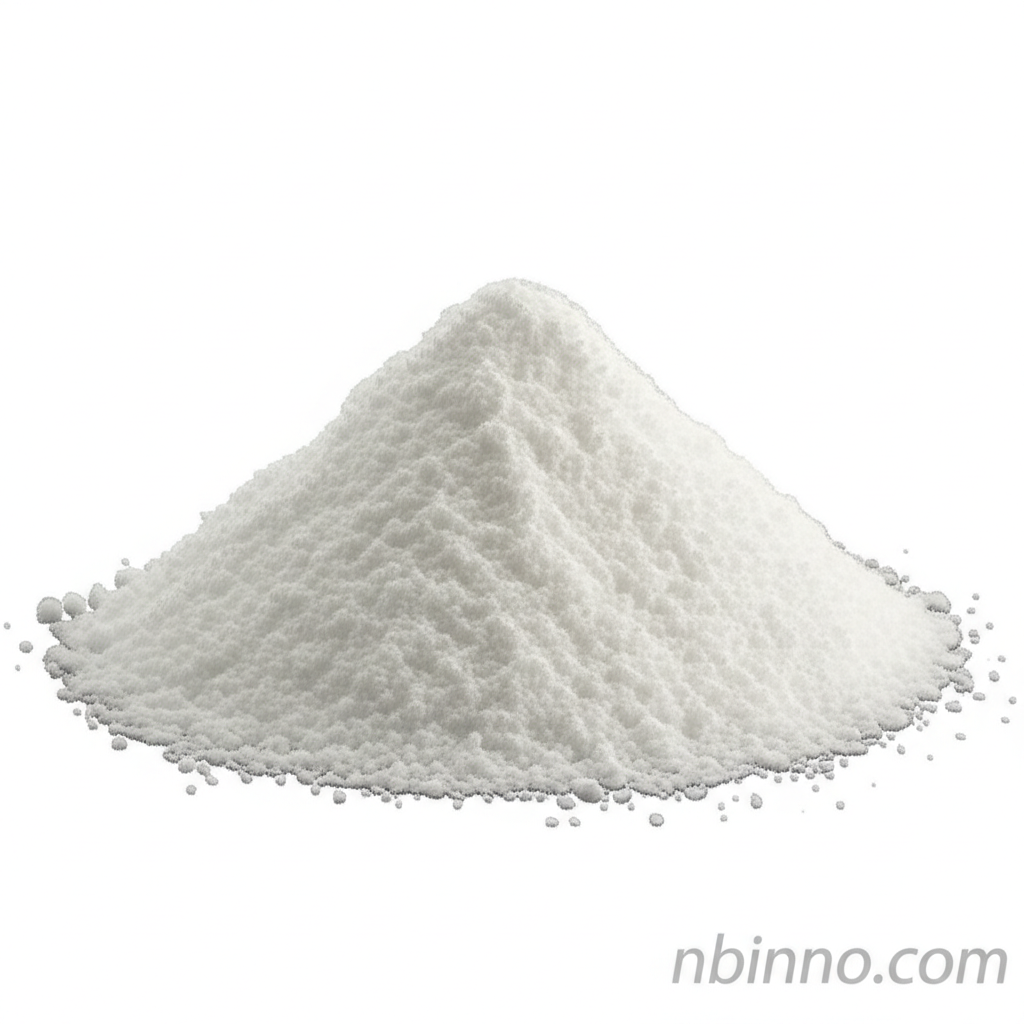Carboxymethyl Cellulose: The Versatile Ingredient Enhancing Industries
Discover the extensive uses of Carboxymethyl Cellulose, a key ingredient in food, pharmaceuticals, and beyond.
Get a Quote & SampleProduct Core Value

Carboxymethyl Cellulose Ether
Carboxymethyl Cellulose (CMC) is a vital cellulose derivative that serves as an exceptional thickener, stabilizer, and emulsifier. Its ability to enhance viscosity, improve texture, and retain moisture makes it indispensable across a multitude of applications, from enhancing the mouthfeel of foods to providing lubrication in pharmaceutical products.
- Explore the widespread applications of CMC as a food additive, understanding its role as a thickener and stabilizer in various food products.
- Learn about the pharmaceutical grade CMC and its benefits in formulations, particularly its use as a lubricant for the eye.
- Investigate the industrial uses of cellulose ether, specifically CMC's function in detergents to improve cleaning efficiency and texture.
- Understand why CMC is a preferred cellulose gum for various manufacturers looking for reliable performance in their products.
Key Advantages of CMC
Enhanced Viscosity and Texture
CMC is renowned for its ability to significantly increase the viscosity of aqueous solutions, contributing to desirable textures in everything from sauces to cosmetic creams, making it a key ingredient for product development.
Superior Water Retention
Its excellent water-retaining capacity helps maintain moisture in baked goods and prevents ice crystal formation in frozen desserts, ensuring product quality and extending shelf life. This is a critical aspect for many food and beverage applications.
Stabilization and Emulsification
CMC effectively stabilizes emulsions and suspensions, preventing ingredients from separating in products like salad dressings and preventing sedimentation in beverages, ensuring product homogeneity.
Key Applications
Food & Beverage Industry
CMC acts as a thickening agent, stabilizer, and emulsifier in ice cream, beverages, sauces, and baked goods, improving texture and mouthfeel.
Pharmaceuticals
Used as an excipient, lubricant in eye drops, and in tablet formulations for its binding and controlled-release properties.
Detergents
Enhances the cleaning power of detergents by preventing redeposition of dirt and improving the texture of liquid detergents.
Cosmetics & Personal Care
Functions as a thickener and binder in toothpaste, lotions, and shampoos, contributing to product consistency and feel.
